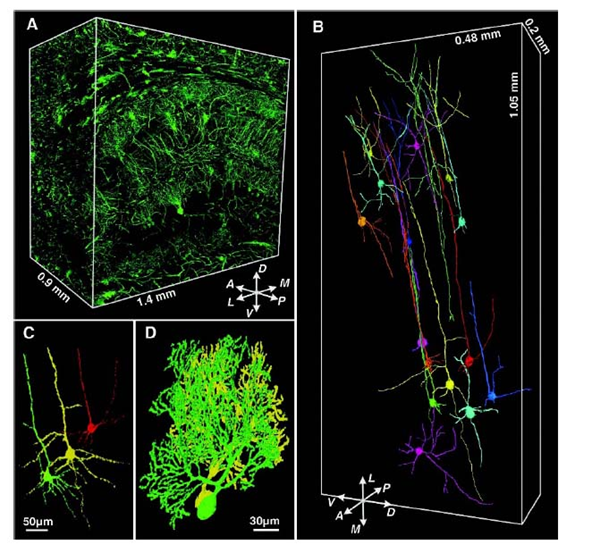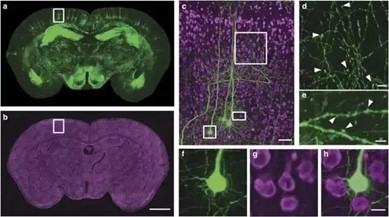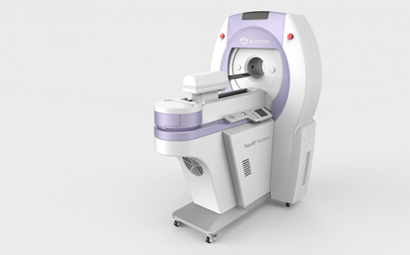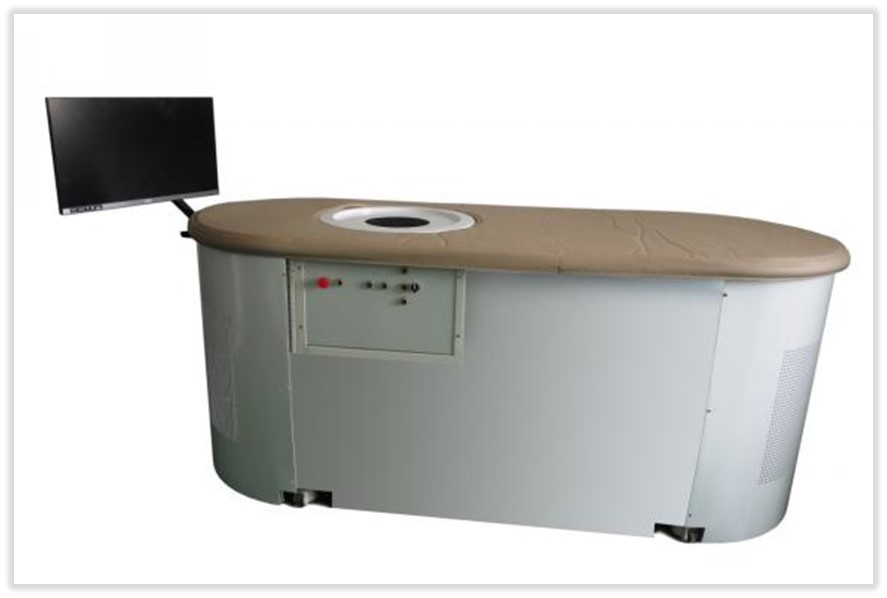The BME department has been established since 1980 and is one of the founders of Chinese Society of Biomedical Engineering. The undergraduate program was initiated in 1981, and the graduate PhD program received full accreditation in 1983 as one of the first group to be approved in the discipline of bio-medical engineering. It received two Yangtze River (Changjiang) Scholars Distinguished Professors by the Ministry of Education of China in 1999 and 2000 in the areas of bio-medical photonics and bio-medical engineering. The training station for postdoctoral fellows was approved in 2000; it has been classified as one of the state first level key disciplines and has been the key discipline in the National “211” and “985” Projects. It ranked the 1st nationally in the 4rd round of evaluation of Chinese university and disciplines in 2017.
Our mission is to aim at the international forefront and cutting edge of industrial technology, focus on the key scientific problems in the life and medical sciences by taking the advantages of cross-discipline of engineering and medicine within the university, develop critical bio-medical engineering principles, methodologies and instruments, and provide new technologies and equipment for the diagnosis and treatment of major diseases. Our strategic objective is to become one of the best ranked world-class disciplines.
The department has achieved persistent rapid growth by focusing highly on the scientific forefront and national major needs on population and health. It has achieved significant advantages in the specialties of bio-medical photonics, bio-medical Imaging and bio-medical nanotechnology; especially, it became the first pioneer to establish the bio-medical photonics in China and has been the frontier in the area of high-resolution optical imaging of craniocervical junctions.

Fig. 1 Micro-optical Sectioning Tomography (MOST)


Fig.2 High-throughput dual-colour precision imaging for brain-wide connectome

Fig.3 Digital animal PET

Fig.4 The 1st Clinical Digital PET

Fig.5 The 1st Ultrasound breast CT system in China